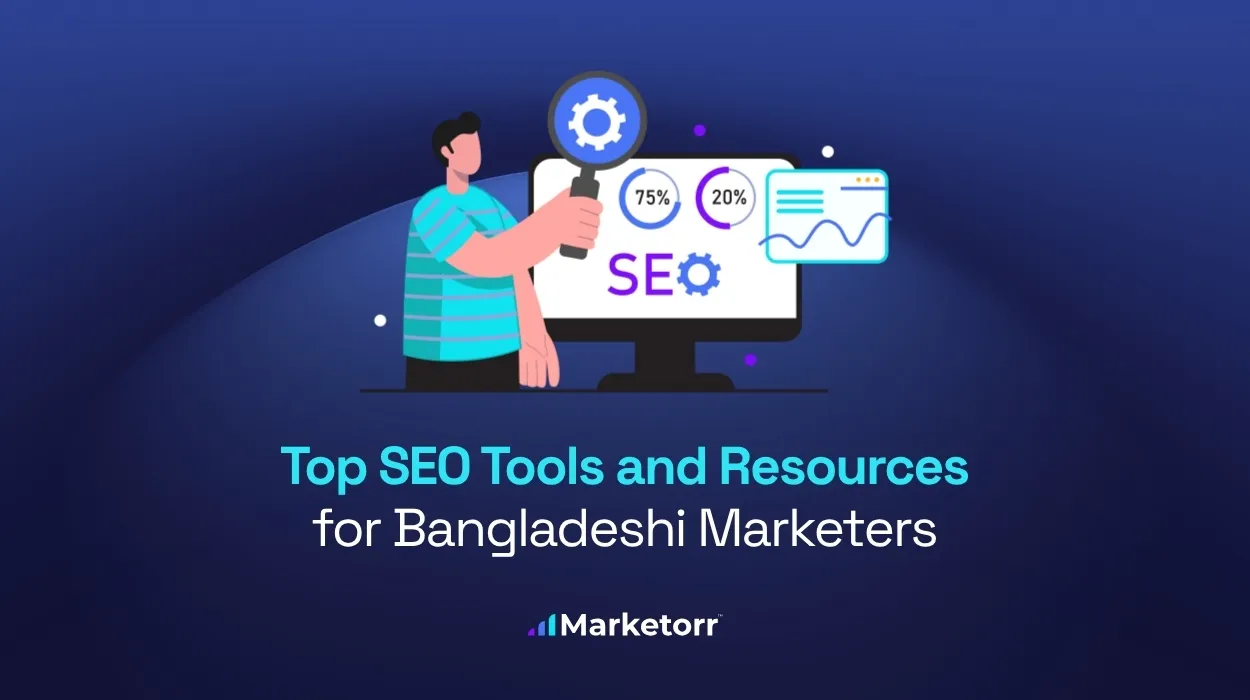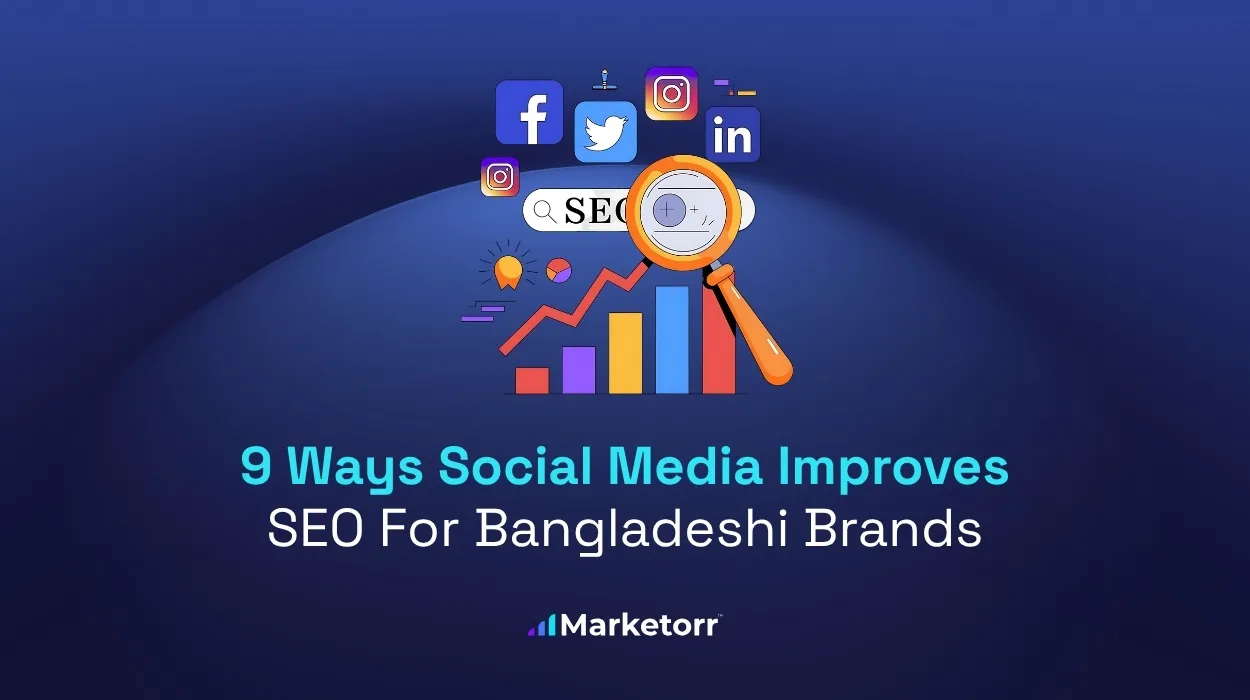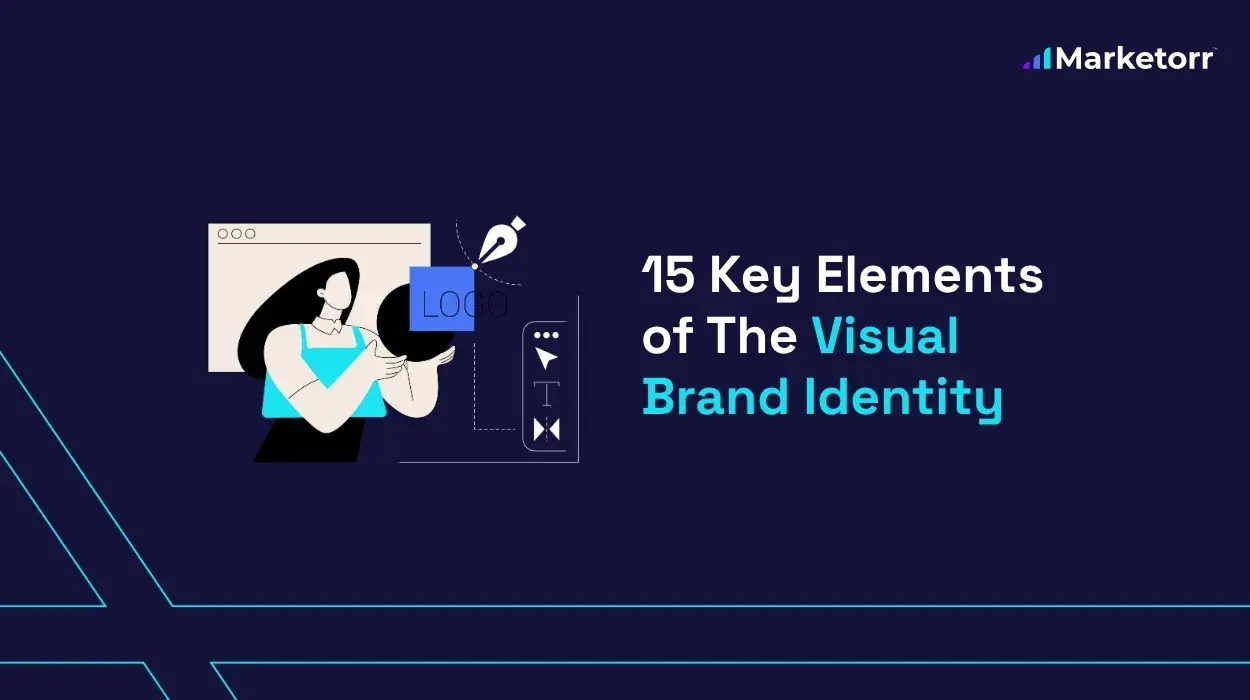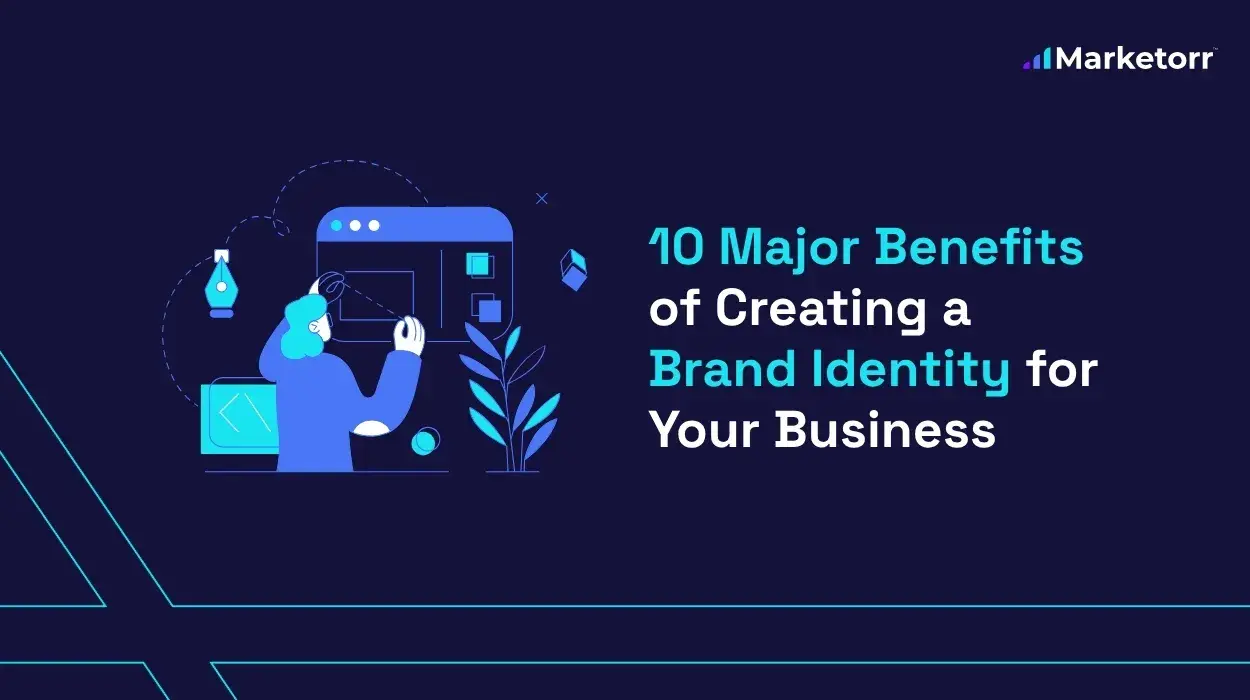AEO (Answer Engine Optimization) entails optimizing your content to show up as direct answers in AI-powered search.
In May 2025, Perplexity AI handled over 780 million queries, while ChatGPT reached 3.1 billion monthly visits in June 2025. Google’s AI Overviews now appear in over 80% of searches in some markets. These trends show a shift from traditional link-based search engines to AI-powered systems that provide direct answers.
In this article, I explain what is AEO, how Answer Engine Optimization (AEO) differs from SEO, how to build an effective AEO strategy, which tools to use, common challenges, and how AEO supports long-term brand visibility in a shifting search environment.
What Is Answer Engine Optimization (AEO)?
Answer Engine Optimization (AEO) is optimizing your digital content to be selected and served as a direct answer by AI-powered platforms.
AEO content appears in:
- Google’s AI Overviews and featured snippets
- Voice assistants like Alexa and Siri
- Chatbots powered by large language models such as ChatGPT and Claude
- AI-native search engines i,ncluding Perplexity and You.com
The goal is not just visibility. It is authority. As users grow accustomed to voice assistants, chat interfaces, and zero-click searches, AEO ensures that your brand doesn’t just appear; it answers.
AEO vs SEO vs GEO: Key Differences Explained
These three optimization approaches may sound similar, but they serve very different purposes. Understanding when to use each one is essential for building a balanced search strategy.

Answer Engine Optimization (AEO) focuses on optimizing content so that it appears as a direct answer in AI-driven tools like ChatGPT, Google AI Overviews, or Siri. The priority is making your content eligible to be selected by machines as the most reliable, clear, and intent-matching source.
Search Engine Optimization (SEO) is the broader practice of improving rankings in traditional search engine results pages (SERPs). It includes keyword targeting, link building, on-page optimization, and technical SEO. The goal is to bring organic traffic by ranking higher in listings.
Generative Engine Optimization (GEO) deals with optimizing content specifically for generative AI tools. These tools pull information from across the web, summarize it, and serve it conversationally. GEO is broader than AEO. While AEO focuses on factual answers, GEO includes brand storytelling, summaries, and broader mentions in AI-generated content.
So when do you use each?
- Use SEO when your goal is to attract traffic through traditional search.
- Use AEO when your goal is to be the answer, especially for voice or AI-assisted queries.
- Use GEO when you’re trying to build presence across tools like Perplexity, Claude, or Gemini, which blend AI with curated content.
They’re not competitors. They complement each other. A modern strategy needs all three to stay visible across the full search and discovery landscape.
Why is AEO Important?
AI answers now show up as the first result in most searches. If your content isn’t built for these systems, it risks being left out.
AI tools like ChatGPT and Gemini don’t guide users to your website. They try to deliver the full answer themselves. Voice assistants like Alexa and Siri don’t offer ten options. They speak one answer. That answer needs to be yours.
AEO helps you show up in:
- AI-generated summaries at the top of Google
- Voice responses from smart speakers and phones
- Conversational answers inside tools like Perplexity and Claude
When your content gets selected, your brand becomes the trusted source. That builds visibility, brand authority, and long-term recognition—even without the click.
In a zero-click world, AEO is how you stay relevant.
Benefits of AEO
Investing in AEO helps gain visibility, nurture long-term trust, engagement, and authority.
When your brand becomes the go-to answer, you build stronger relationships with users and improve the overall experience.
1. Higher Visibility in Zero-Click Results
Even without clicks, appearing in an answer box or AI summary builds recognition.
AEO positions your content to be part of that visibility.
When people hear your brand mentioned by Alexa or see it summarized in an AI overview, it plants a seed, even if they don’t click right away.
2. Stronger Brand Authority
Being the answer, not just an option, builds credibility.
Users begin to trust your brand as a reliable source, which can lead to more branded searches, higher engagement, and even media citations. This trust improves how AI systems weigh your content in future responses.
It’s a compounding effect: the more often you’re used as a source, the more credible your content becomes in the eyes of machines and users alike.
How Answer Engines Work
Answer engines do not simply index content the way traditional search engines do. They interpret intent, evaluate content for clarity and credibility, and construct a response that can be delivered instantly. This process combines natural language processing, structured data interpretation, and content synthesis.
Understanding the Question
The first step is intent recognition. Answer engines use natural language processing to understand what the user is really asking. They go beyond keywords to analyze the structure, tone, and context of the query.
For example, the question “What is AEO and how does it help my content?” signals two distinct needs, a definition and a practical benefit. AI systems detect this and look for content that addresses both directly.
Finding Relevant Content
Once the intent is clear, the system looks for high-quality content that answers the question in a clear and direct way. It searches web pages, structured data, and trusted sources.
Content that ranks well for answer engines often includes:
- Direct summaries or definitions in the opening sentences
- Clear formatting with subheadings, bullet points, or step-by-step explanations
- Verified facts, updated data, and supporting context
The engine prioritizes content that is both readable and reliable.
Synthesizing the Answer
Rather than just quoting a page, the system builds a complete answer. It may paraphrase your content, combine parts from multiple sources, or summarize key points in a few sentences.
The best-performing pages are those that can be used as-is or with minimal editing. This is why AEO requires precise writing, tight structure, and factual clarity.
Delivering Across Platforms
Once the answer is generated, it is delivered based on the user’s device or platform. This could be:
- A spoken response from a voice assistant
- A text box summary in Google’s AI Overview
- A conversational reply from ChatGPT or Perplexity
- An answer embedded inside a product chatbot
Your content may appear with attribution, or it may be delivered without a visible source. In either case, being selected means your brand is present at the point of decision.
Better Alignment with AI-Powered Search
As AI becomes the default interface for finding information, brands that embrace AEO are simply more prepared.
They show up more consistently, speak the language of intent, and offer content that aligns with how users ask questions today.
It’s not just a strategy, it’s future-proofing your marketing.
Types of Answer Engines
Answer engines come in several forms, but they all serve a similar purpose. They interpret questions, select relevant content, and deliver a clear answer. Some generate responses through language models. Others summarize web content or deliver spoken results. Understanding these categories helps you tailor content that meets the specific needs of each system.
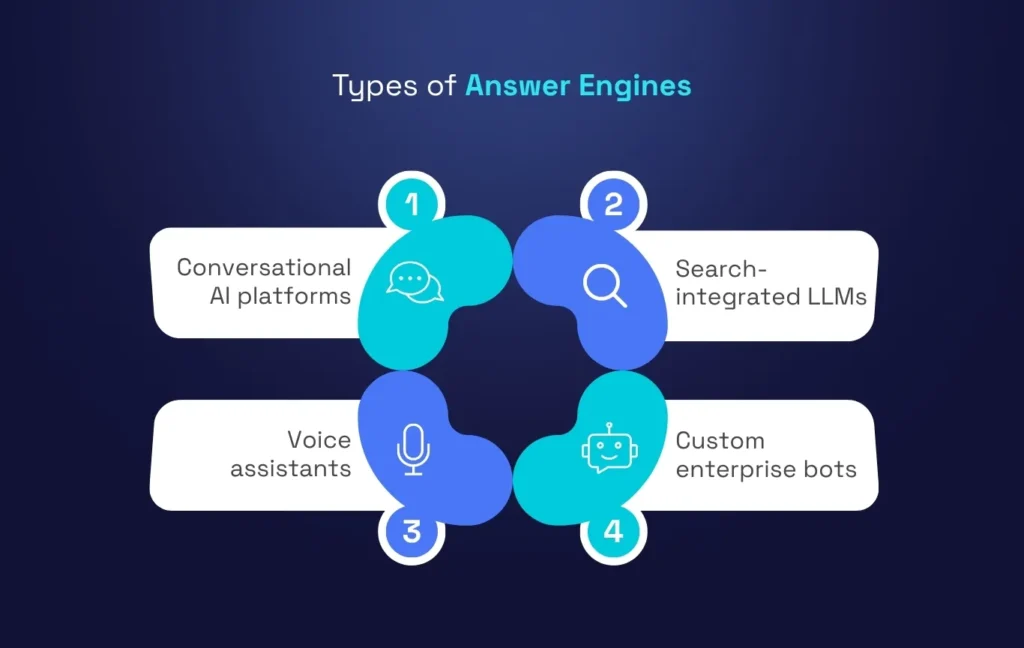
The main types of answer engines include:
- Conversational AI platforms like ChatGPT, Claude, and Gemini
- Search-integrated AI tools such as Perplexity and Google’s AI Overviews
- Voice assistants, including Alexa, Siri, and Google Assistant
- Custom enterprise bots used on websites, apps, and internal systems
1. Conversational AI Platforms
These tools generate answers using large language models. They respond to natural language queries by pulling from a mix of sources, including published content and real-time inputs.
Platforms such as ChatGPT and Claude work best with content that offers direct explanations, strong definitions, and supporting context that is easy to rephrase.
2. Search-Integrated AI Systems
Google’s AI Overviews and Perplexity blend AI summaries with live web results. These tools scan your content for structured, factual segments that align with the user’s query.
They do not rely on rankings alone. Instead, they evaluate clarity, recency, and authority. Content that is well-formatted and easy to excerpt is more likely to be featured.
3. Voice Assistants
Devices such as Alexa and Siri rely on short, reliable content to deliver answers through speech. These platforms typically select only one response and present it without visual elements.
Because users hear the result instead of reading it, your answer must be concise, accurate, and easy to understand in a spoken format.
4. Enterprise and Product Bots
Many businesses use custom bots to answer user questions on their own platforms. These bots may draw from knowledge base articles, FAQs, or help documentation.
AEO techniques improve how well this content performs in automated responses. This leads to faster answers, fewer support tickets, and a better user experience.
Each of these systems uses different methods to process and display answers. But they all prioritize clarity, accuracy, and structure.
How to Optimize for AEO: Step-by-Step
Creating AEO-ready content is not about writing more. It is about writing better. Your goal is to provide answers that AI systems can confidently use, whether for a voice assistant or a chatbot response.
Step 1: Identify High-Intent Questions
Start by researching how users naturally ask questions related to your topic. Look beyond keywords and focus on complete queries.
- Use tools like AnswerThePublic, AlsoAsked, or Semrush Keyword Magic Tool to discover question-based search trends
- Review the People Also Ask section on Google for real phrasing
- Collect internal site search data and customer FAQs for recurring patterns
Focus on questions that start with “how,” “what,” “why,” “can,” or “best way to.” These reflect a high intent to get a direct answer.
Step 2: Lead with the Answer
AEO content must serve the answer immediately. Avoid long introductions. Begin with a direct, clear, and standalone response in the first two or three lines.
For example:
“Answer Engine Optimization is the process of formatting content so that it can be selected by AI systems to deliver direct answers across platforms like ChatGPT or voice assistants.”
After the short answer, expand with context, examples, and deeper explanation. This mirrors how AI tools structure their responses.
Step 3: Use Schema Markup and Structured Format
Structured data helps machines interpret your content’s structure without guessing.
- Implement FAQPage, HowTo, Article, or WebPage schemas
- Use JSON-LD format and validate with Google’s Rich Results Test
- Tag sections such as Q&A blocks, steps, and definitions clearly
Many CMS platforms offer plugins or schema generators that simplify implementation. Schema does not affect human readers but plays a crucial role in machine understanding.
Step 4: Optimize for Voice and Conversational Queries
Voice queries often use full sentences or natural phrasing. Write content in a tone that reflects how users actually speak.
- Use short sentences, active voice, and common terms
- Avoid jargon and filler words
- Break content into short paragraphs and bulleted lists
Test your content by reading it aloud. If it sounds awkward or too technical it needs to be refined.
Step 5: Keep Content Updated and Verifiable
AI engines prefer current and correct information. Outdated stats, dead links, or old product data reduce trust.
- Review high-traffic or evergreen content every 3 to 6 months
- Update statistics, sources, and screenshots regularly
- Use reputable references and expert quotes where relevant
Content with fresh timestamps, updated facts, and clear sourcing signals higher trust to AI engines.
Core Components of an AEO Strategy
A strong AEO strategy is built on more than a single tactic. It requires alignment between how users ask questions and how AI systems choose answers. To succeed, your content must demonstrate intent clarity, structural precision, and technical readiness.
User Intent Matching
Answer engines are built to understand what users mean, not just what they type. That is why matching semantic intent is critical.
Rather than chasing keywords, focus on natural question structures. These include phrases such as “what is,” “how to,” “why does,” and “can I.” Your content should use these patterns in subheadings and opening paragraphs.
According to data from Backlinko and SEMrush, content that answers a query within the first 100 words is significantly more likely to be featured in AI summaries or voice responses.
If your content takes too long to answer the question, it will be skipped.
Structured Data and Schema
Schema markup helps machines read your content with precision. It clarifies which parts of the page contain the answer, steps, or supporting facts.
Use schema types that match your content format. For example:
- FAQPage for grouped Q and A
- How-to for procedures or workflows
- Article for general content with definitions and insights
Semantic Content Optimization
Answer engines do not scan for keywords alone. They evaluate meaning, depth, and topical relevance. This is where semantic SEO comes in.
Include related concepts, supporting terms, and topic clusters that reinforce your authority. For instance, a page about “electric vehicles” should also mention battery range, charging infrastructure, emissions standards, and tax credits.
This shows AI tools that your content is comprehensive and aligned with real-world context.
Content Credibility and Accuracy
AI systems aim to avoid misinformation. They are trained to trust sources that are clear, factual, and verifiable.
Add signals of credibility to your content. This includes:
- Citing reputable data sources
- Linking to original research or whitepapers
- Including author bios and last-updated timestamps
- Using expert quotes or named contributors
This aligns your content with Google’s E-E-A-T guidelines and improves your chances of selection in AI-generated results.
Technical Performance Signals
Page experience still matters. Even in an AI-driven environment, content needs to load quickly, render cleanly, and be easy for bots to scan.
Focus on:
- Fast page speed and Core Web Vitals
- Mobile-first design
- Clean HTML and heading structure
- Avoiding intrusive interstitials or pop-ups
Voice assistants and AI crawlers prefer content that is fast and formatted without distractions. Technical stability improves your visibility and helps engines extract answers with confidence.
Tools That Support AEO Optimization
Several tools help you streamline AEO processes, from research to publishing. Here are the most effective ones:
Research and Intent Discovery
- AnswerThePublic: Surfaces real user questions based on keywords
- Also Asked: Maps out question relationships and subtopics
- Semrush: Offers question-based keyword data and content gap analysis
Content Structuring and Writing
- Frase.io: Helps build content optimized for question-answering and AI systems
- Surfer SEO: Analyzes top-ranking formats and keyword placement
- ClearScope: Ensures semantic coverage and readability
Schema and Technical Formatting
- Merkle Schema Markup Generator: Creates ready-to-paste schema code
- Google’s Rich Results Test: Verifies proper implementation
- Rank Math or Yoast SEO (Pro): Enables structured data tagging inside CMS platforms
Performance and Visibility Tracking
- Google Search Console: Shows impression data and featured snippet triggers
- Bing Webmaster Tools: Tracks inclusion in AI-integrated Bing results
- SparkToro: Measures brand presence across AI and non-link environments
These tools do not guarantee AEO inclusion, but they dramatically increase your readiness and visibility across AI-first interfaces.
Common AEO Challenges and How to Solve Them
Like any strategy, AEO has its hurdles. It’s not always as straightforward as optimizing for organic rankings. Here are some common issues marketers face and how to work through them.
Performance Tracking Limitations
One of the biggest challenges with AEO is measuring success.
When your content is used by ChatGPT or featured in a voice response, you don’t always get referral traffic or even a visible attribution. This makes it hard to track ROI.
To counter this, monitor impression growth in Search Console, watch for increased brand name queries, and check analytics for voice-related referral paths (like smart speaker sources or AI tool integrations).
You can also use tools like SparkToro, which measure brand visibility across the web, not just in link clicks.
Early Adoption
Getting your team or leadership to invest in AEO can be tough. It’s still a new concept for many.
Start by explaining how answer engines are already replacing traditional search paths. Share examples where competitors are being cited in AI tools, and point out the risk of being left out.
Use small test cases like optimizing an FAQ section to show quick wins. Once results come in, it’s easier to make the case for broader adoption.
Evolving Algorithms
AI search tools are constantly changing. What works today might not hold next month.
The best way to stay ahead is to build flexible content systems. Focus on semantic relevance, quality sources, and factual clarity.
Follow updates from sources like Google Search Central, OpenAI developer blogs, and SEO by the Sea to stay informed on how these platforms evolve.
The Future of AEO and AI-Powered Search
Search is no longer a list of links. It’s becoming a conversation, and AI is leading that change.
In the coming years, more users will rely on tools like ChatGPT, Perplexity, Google Gemini, and Alexa to get answers directly. These platforms will become default interfaces for everything from product research to health advice.
As this happens, AEO will shift from a “nice-to-have” to a necessity.
We’ll likely see more personalization in answer delivery. AI tools may start citing sources with more detail, recommending brands, or even inserting affiliate links. Only content that’s trustworthy, structured, and helpful will be selected.
For businesses and content teams, the time to adapt is now. Invest in schema markup, improve semantic relevance, and update your content with clear, human-first answers. Don’t just think about ranking, think about how your content could sound when read aloud by a digital assistant or how it might appear in a chatbot response.
AI-powered search is rewriting the rules. Those who prepare early will lead the next generation of visibility, trust, and traffic.
Frequently Asked Questions (FAQs)
Is AEO replacing SEO completely?
No, AEO is not replacing SEO. Instead, it builds on SEO by addressing how AI engines deliver answers. Traditional SEO is still important for visibility in organic results. AEO adds another layer that ensures your content can be used in voice search, snippets, and conversational platforms.
Can any type of content be optimized for answer engines?
Most content can be AEO-optimized, especially FAQs, how-tos, product descriptions, and blog posts that target common questions. The key is clarity, structure, and trustworthiness. Not every page will be selected, but optimization increases the chances.
How do I know if my content is being used in AI answers?
Tracking AEO performance is tricky because many AI tools don’t show referral traffic. However, you can monitor impressions in Search Console, watch for brand mentions in AI tools like Perplexity, and test voice assistants using your target questions to see if your content appears.
What’s the best format for AEO content?
The best format is short, direct answers followed by an in-depth explanation. Use clear headings, avoid fluff, and include schema markup when possible. Paragraphs should be scannable and easy to extract by machines.
Does structured data really matter for AEO?
Yes. Structured data helps machines understand your content more easily. While it doesn’t guarantee selection, it gives your content a much better chance of being used in featured snippets, AI overviews, and voice search results.
How often should I update content for AEO?
Aim to review high-priority content every 3–6 months. Focus on keeping facts, links, and stats accurate. AI tools prefer content that’s up-to-date and reflect the latest information.
Are there risks with AEO?
The main risk is becoming too focused on short answers and losing the depth of your content. To avoid this, balance clarity with completeness. Serve the answer quickly, but also provide detailed follow-up for users who want more.
Final Thoughts
Answer Engine Optimization services is not a passing trend. It’s a practical response to a very real shift in how people search, and how machines respond.
As AI continues to reshape the digital experience, marketers and content teams must evolve. It’s not enough to be visible. You need to be trusted, structured, and ready to answer.
By applying the principles of AEO, you position your brand to meet users where they are, whether they’re typing into a search bar or speaking to an assistant.
This isn’t about preparing for the future. It’s about showing up in the present.
